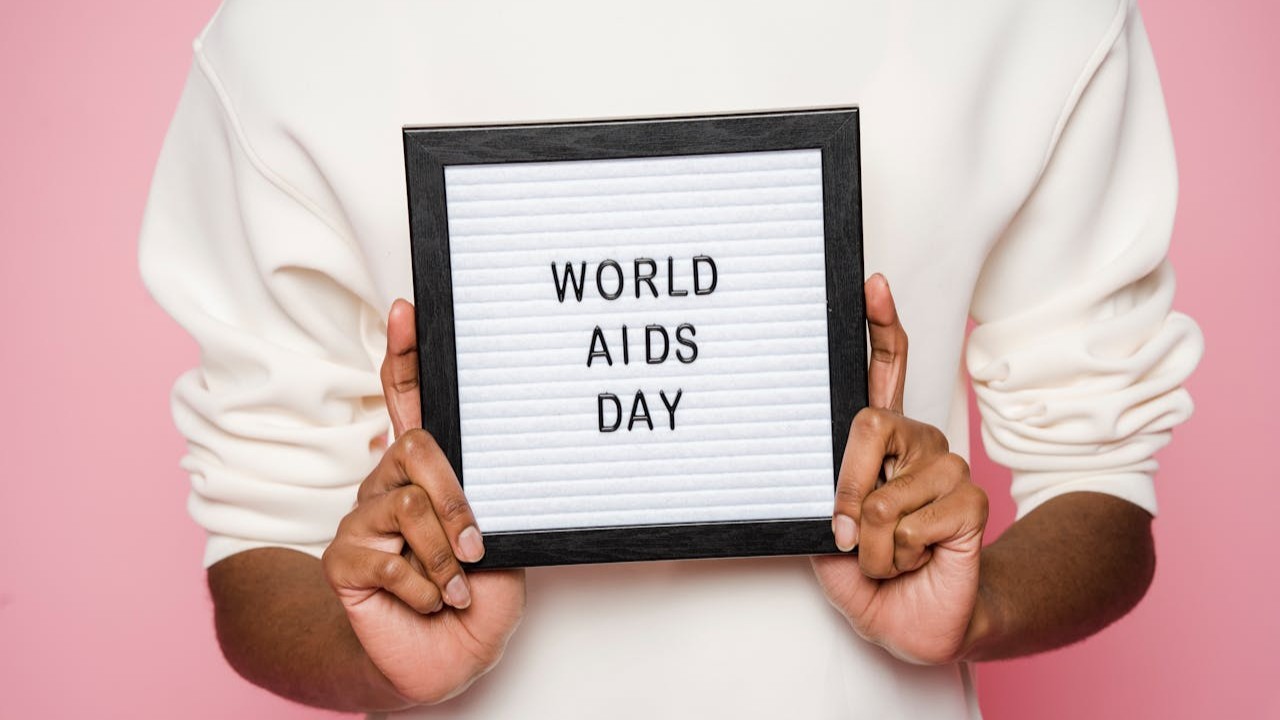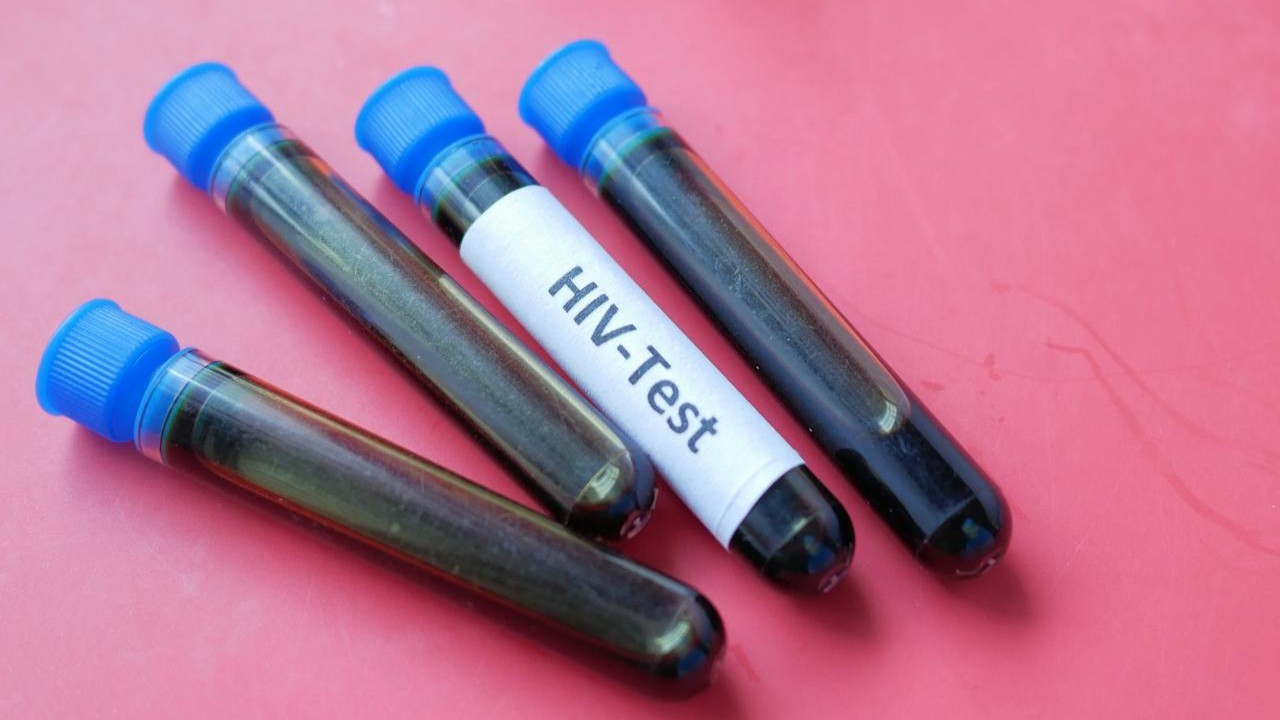Quick overview
HIV can be tested reliably — at home with self-tests, on site with rapid tests, and in the laboratory. Timing is critical, because each method has a window period during which a recent infection may not yet be detected. If you understand the strengths and limits of each method, you’ll interpret results realistically and avoid missteps. Helpful background: CDC, FDA, and WHO.
Test types at a glance
HIV self-test (at home)
Antibody rapid test with a result in about 15 minutes; available over the counter in the U.S. from pharmacies and reputable online retailers. Any reactive (positive) result must be confirmed by a laboratory test. See FDA’s overview of authorized HIV self-tests.
Professional rapid test
Antibody or antigen/antibody combination test performed by trained staff; results in minutes. Reactive results are routinely confirmed by a lab test. Overview: CDC.
Fourth-generation laboratory test
Combines p24 antigen and antibodies. Detects infection earlier than antibody-only tests and is the clinical standard for early diagnosis. More at CDC.
Nucleic acid test (HIV-1 RNA/NAT)
Direct virus detection; the earliest method to turn positive, used especially after very recent exposure or when results are unclear.
Window periods & detection limits
| Test type | Typical time to detection (window) | References |
|---|---|---|
| Self-test (antibodies) | about 23–90 days after exposure | CDC, FDA (OraQuick) |
| Lab test, 4th gen. (Ag/Ab) | about 18–45 days | CDC |
| RNA/NAT | about 10–33 days | CDC |
These ranges are guideposts. A negative result before the relevant window has closed does not rule out infection. Clear short explainer: CDC patient leaflet on window periods (PDF).
Accuracy in practice
Quality-assured self- and rapid tests have very high specificity; false positives are uncommon and are resolved by confirmatory lab testing. Sensitivity depends heavily on timing: the closer to the event, the higher the risk of a false negative. Fourth-generation lab tests are more sensitive in early phases than antibody-only tests. See CDC and the WHO 2024 update.
Oral self-tests vs blood tests
Oral-fluid tests are accessible and convenient. In very early infection, blood-based methods (fingerstick, lab) tend to be informative sooner. If you want the earliest clarity, favor blood tests — or go straight to a 4th-generation lab test. U.S. orientation: CDC, FDA.
Interpreting results correctly
Negative
Reliable once the window for the chosen test has clearly passed and there has been no new exposure in between. Otherwise, retest later or get earlier clarification via a 4th-generation lab test or RNA/NAT.
Reactive or positive
A reactive result from a self- or rapid test is confirmed in the lab. Only the confirmatory result is diagnostic.
Invalid
Repeat with a new kit and follow instructions, storage and read time exactly. If unsure, get a professional test.
Sex after a negative test: what’s safe and what isn’t?
A single negative self- or rapid test soon after possible exposure is not a guarantee of safety. During the window period the test may lack detectable targets, while viral load — especially early on — can be high. A negative early result therefore does not exclude transmission.
Practical quick guide
- Before the window closes: use protection. For earlier clarification, choose a 4th-gen lab test; in the very earliest phase, consider RNA/NAT.
- After the window: a negative is reliable provided no new exposure occurred.
- Treatment and U=U: with sustained undetectable viral load on effective treatment, HIV is not sexually transmitted. This relies on regular lab values, not home tests.
- PrEP/PEP: may change test type and timing; confirm with a clinician.

Negative yet infectious?
In the early phase after possible exposure, an antibody self-test can still be negative despite infection, because the body hasn’t produced enough antibodies. That says nothing about actual viral load; early on it can be high, increasing transmissibility. An early negative is not a green light for unprotected sex. If you need rapid certainty, choose a 4th-generation lab test or RNA/NAT and stay cautious until the diagnosis is clear. For partners where HIV is known and treated, the rule is: if viral load is durably undetectable, HIV is not transmitted during sex — provided this is backed by stable, documented lab results.
Information for the United States
Over-the-counter HIV self-tests have been legal and FDA-authorized since 2012 (the first OTC self-test was approved that year). CLIA-waived rapid tests and 4th-generation laboratory tests are widely used across the U.S. For guidance on test types, window periods, confirmatory pathways, and linkage to care, see the CDC and FDA. Free or low-barrier testing — including community rapid testing and mailed kits in some jurisdictions — can be located via the CDC’s finder at gettested.cdc.gov and through local/state health departments. Always confirm any reactive self-test with a laboratory test arranged by a clinic or provider.
Practical testing strategy
- First check: a self-test with careful adherence to the instructions. Always interpret the result against the relevant window period.
- Early clarification: when little time has passed since exposure, prefer a 4th-generation lab test; in the very earliest phase, RNA/NAT can be considered.
- Ongoing need: a simple, predictable rhythm (e.g., every 3–6 months for a lab screen) works well for many people.
- Golden rule: confirm any reactive self- or rapid test in the lab; if uncertain, seek clinical advice.
Common mistakes & limits
- Testing too early within the window can create a false sense of security.
- Home-test errors (sampling, read time, storage) can distort results.
- Product choice: look for authorized products, trustworthy vendors and clear instructions.
- Oral vs blood: oral tests are more convenient; blood-based methods are often informative earlier.
Extras: PrEP/PEP & testing
With ongoing or recently started PrEP, and after PEP, the timing and choice of tests can differ. See interval and algorithm guidance from the CDC and WHO, and confirm the exact plan with your clinician.
Conclusion
HIV self-tests are quick, discreet and useful for an initial read. For the earliest robust answer, fourth-generation lab tests have an edge; after very recent exposure, RNA/NAT provides the earliest detection. If you respect window periods, confirm reactive results, and choose quality-assured products, you’ll test safely and reliably. Good starting points: CDC, FDA, WHO.

